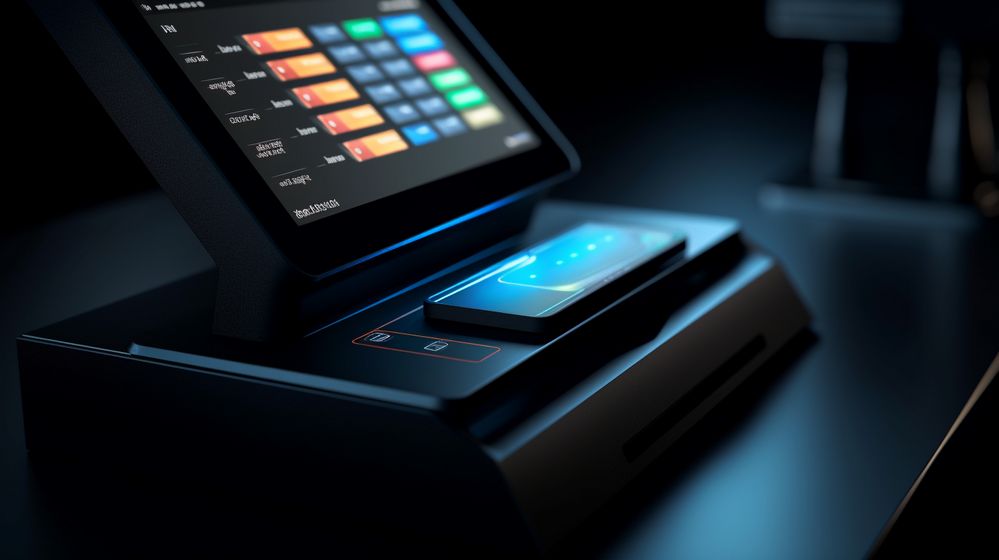
Building a Point of Sale (POS) system from scratch may appear daunting, but with the right understanding and approach, it can be a fruitful endeavor. Our comprehensive guide is intended to illuminate whether you can create your own POS system and the crucial steps to consider in this process.
A POS system is a pivotal component of any retail or service-oriented business. It’s not just a cash register; it’s a complex platform that manages sales, inventory, customer data, and more. Building your own can provide custom-tailored solutions, precise to your business requirements.
Absolutely. With a solid grasp of software development and some hardware knowledge, creating your own POS system is certainly feasible. However, it requires a significant investment in terms of time, resources, and technical acuity.
Although the prospect of developing a POS system might seem complex, breaking it down into manageable steps simplifies the process:
Your unique business requirements dictate the features and capabilities your POS system should have. Think about what you need in terms of inventory management, sales reporting, customer relationship management, and so on.
Before diving into coding, it’s essential to design the system architecture, workflow, and user interface. This helps ensure a seamless and intuitive user experience.
Once the design is ready, you can start developing. This involves coding the software, integrating hardware, and testing the system for functionality and performance.
While building your own POS system can be rewarding, it’s not without challenges. These can include high development costs, lengthy development time, and continuous maintenance and updates. Moreover, without professional experience, there may be potential security risks.
Yes, you’ll need a solid understanding of programming languages such as Java, Python, or C#.
Yes, open-source platforms provide a solid foundation, but customization may still be necessary.
Depending on complexity, it could take several months to a year or more.
Yes, if you design your system to be scalable, you can add features as your business grows.
This depends on your specific requirements. For some, purchasing an off-the-shelf solution may be more cost-effective.
You’ll likely need a computer or tablet, barcode scanner, receipt printer, and credit card reader.
Consider encryption, secure user authentication, and regular software updates to enhance the security of your POS system. Additionally, it’s advisable to consult with cybersecurity professionals to implement robust security measures.
Creating your own POS system is a challenging yet rewarding endeavor that requires a solid understanding of software development and hardware integration. By carefully considering your business needs, designing the system architecture, and diligently developing and testing the software, you can tailor a POS system to meet your specific requirements.
However, it’s important to be aware of the potential challenges associated with building your own POS system, including high development costs, lengthy development time, and ongoing maintenance and updates. Security risks should also be taken into consideration, and implementing proper security measures is crucial.
If you have the necessary skills and resources, developing your own POS system can provide a unique solution that aligns precisely with your business needs. Alternatively, exploring off-the-shelf solutions may be a more cost-effective option for some businesses.
Ultimately, the decision to develop your own POS system should be based on a careful evaluation of your requirements, resources, and long-term business goals. With the right approach, you can create a robust and efficient POS system that empowers your business operations.
